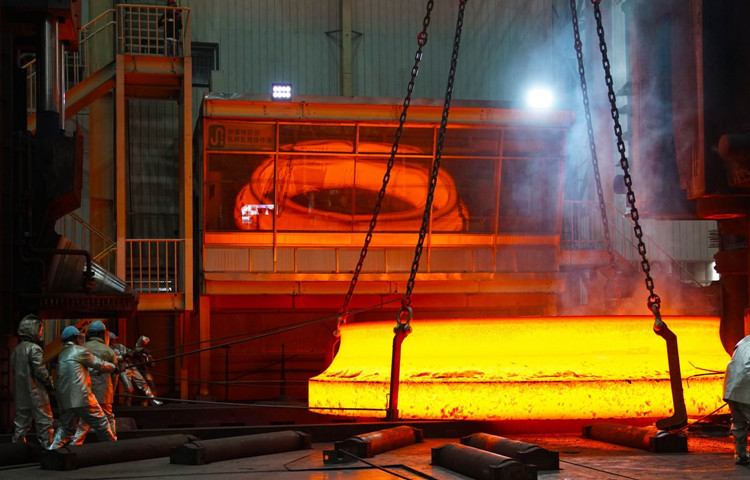- tyler@kirail.com
- +86 15603721115
Pre-forging heating is an important part of the entire forging process, which has a direct impact on improving forging productivity, ensuring forging quality, and reducing energy consumption. Choosing the right heating temperature can keep the formed blank in a good plastic state. Forging is to heat the metal blank red hot during the forging process. According to the different heat sources used, it can be divided into two categories: electric heating and flame heating.

1. Electric heating
Electric heating is the conversion of electrical energy into thermal energy for heating metal blanks for forging. The equipment that converts electrical energy into thermal energy to heat metal is called an electric furnace. The advantages of electric heating are fast heating speed, easy control of the hot furnace temperature, less oxidation and decarburization, easy mechanization and automation, and good working conditions. The disadvantages are that it is not adaptable to changes in the size and shape of the blank, the equipment structure is complex, the investment cost is higher than flame heating, and the operation and use technical requirements are high.
2. Flame heating
Flame heating is also the most common heating method. Flame heating uses the heat energy generated by fuel combustion to heat metal blanks. Fuel oils include coal, coke, diesel, coal gas, natural gas, etc. The advantages of flame heating are convenient fuel sources, simple furnace construction, low heating costs, and wide application in metal billets used in forging production. Therefore, this type of heating is widely used in the production of various large, medium and small forgings. These heating methods have been widely used in forging production. The disadvantages are poor working conditions, slow heating speed, and difficult to control heating quality.